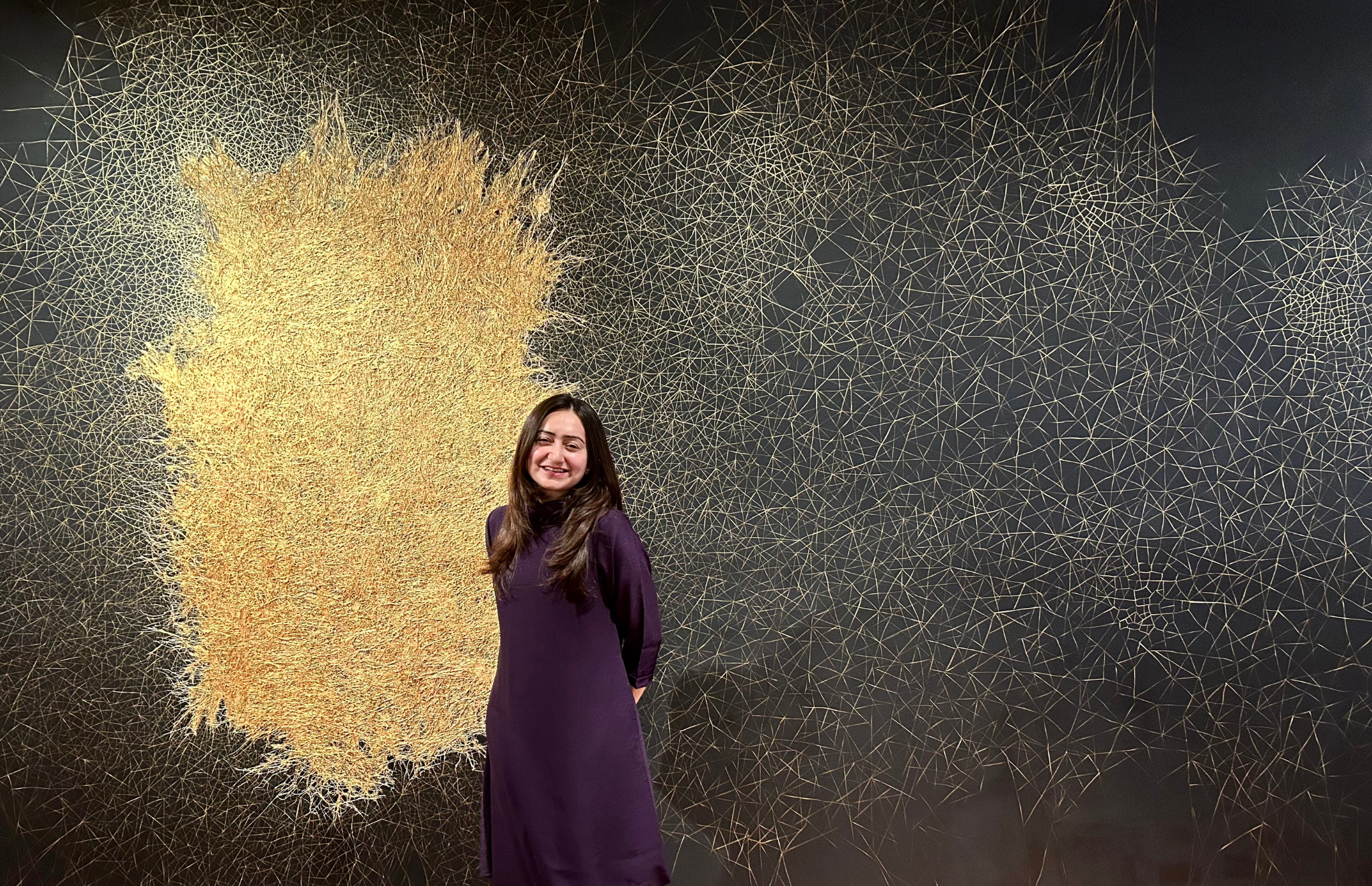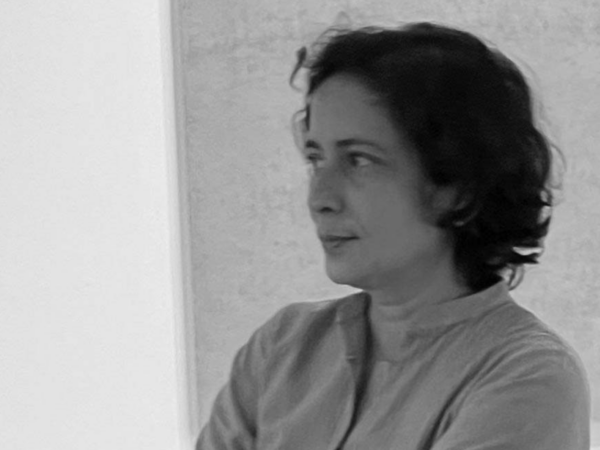The Mumbai-born and bred artist Jitish Kallat is best known for his work that celebrates his bustling home city. However, his iconic installation Covering Letter, which is currently displayed as part of the curation for the India Pavilion at the 58th Venice Biennale, is an exploration of deeper moral, ethical, and political questions. We chat with Jitish about what it means for India to participate in the world’s most prestigious art event, the pertinence of this year’s curatorial theme in a post-truth era, and the enduring relevance of Gandhian philosophies.
Your work, Covering Letter, is currently exhibited as part of the India Pavilion at the Venice Biennale, congratulations! Can you tell us a little bit about the work and how this fits into the curatorial theme ‘Our Time for a Future Caring’?
Jitish Kallat: Covering Letter reflects upon a historical piece of correspondence written at a seminal moment in our human history, merely five weeks before the outbreak of the Second World War. The letter, written by Mahatma Gandhi, is addressed to Adolf Hitler; a seven line plea from one of the greatest proponents of peace reaching out to the most brutal perpetrator of violence, both cohabiting the planet at that moment in time. The letter stands in the middle of a dark room as an illuminated film of mist. The visitor can read the letter ascending and rising in the descending film of mist. The visitor can also walk through that letter, briefly inhabiting a dialogue to span the long corridor of human possibility… between a life spent pursuing peace and a life spent perpetrating brutality and violence. Within the context of the India Pavilion, which looks at the figure of Gandhi, Covering Letter pursues the possibility of self-reflection through an immersion within Gandhi’s words. I’m very interested in the deeper moral, ethical and political dimensions of this letter and the manner in which it can prompt not just historical recall but reflective self-inquiry.
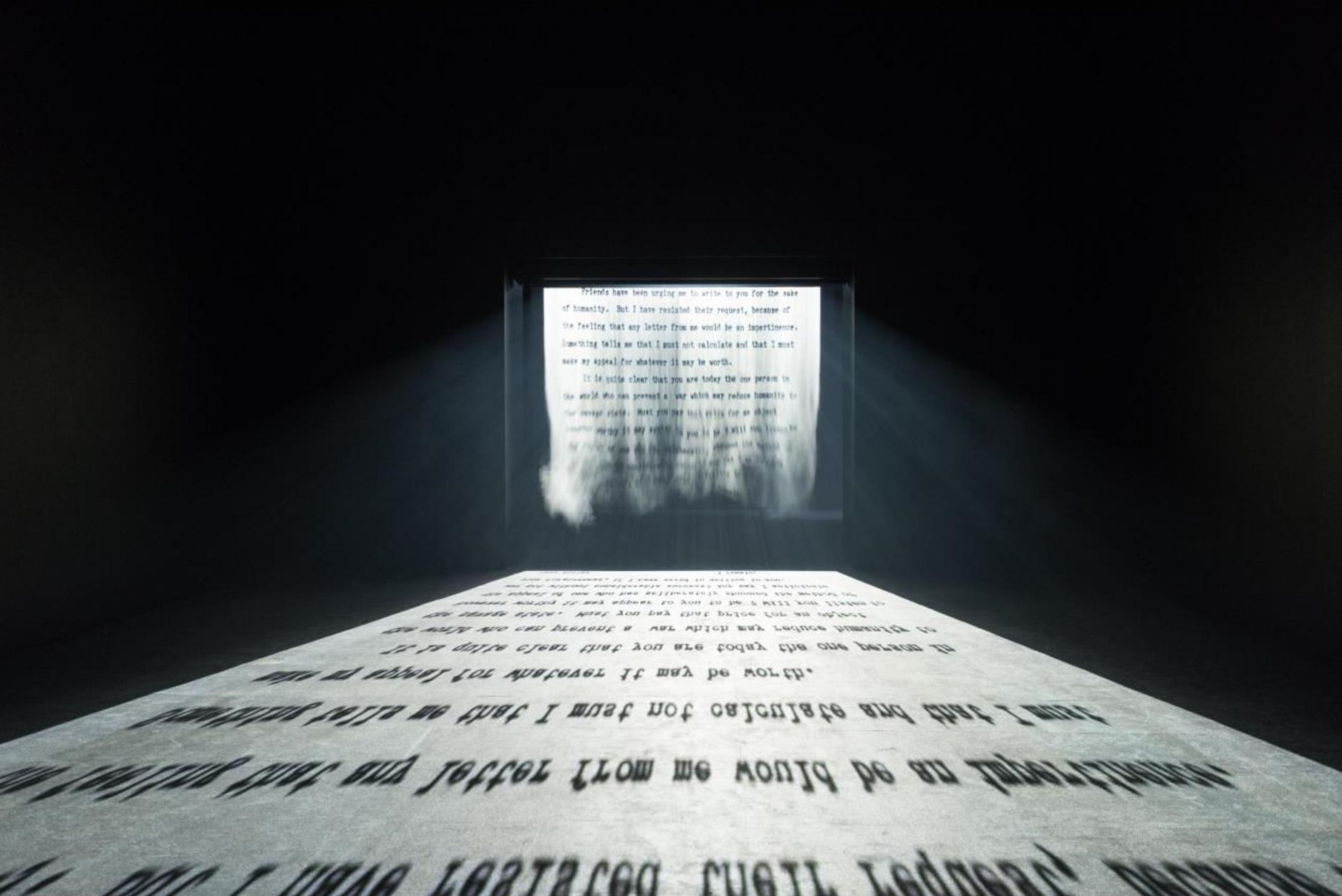
Jitish Kallat, Covering Letter, 2012
(Image courtesy – Philadelphia Museum of Art)
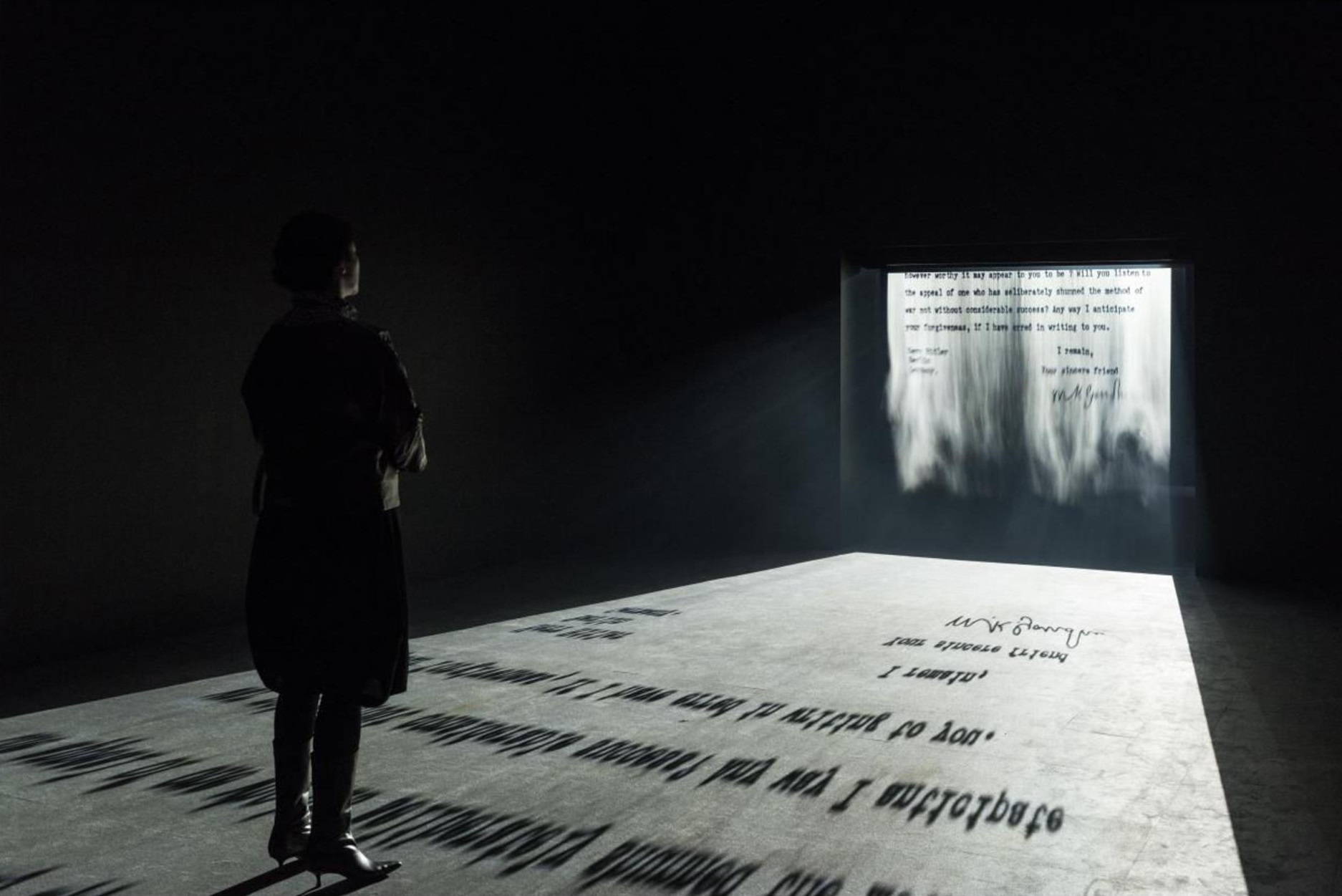
Jitish Kallat, Covering Letter, 2012
(Image courtesy – Philadelphia Museum of Art)
This is only the second time that India has had a Pavilion at the Biennale; obviously this is a significant moment for Indian art, but do you think it will actually develop the collector base for Indian art or help to encourage younger Indian artists?
Jitish Kallat: It is indeed significant that India has a Pavilion in the current edition of the Biennale, given that even some of the smallest nations participate in this global convergence of art. I think an important aspect of this participation is the private-public partnership wherein the Ministry of Culture is a participant in this event. Several of the key shifts in the art scene in India have been a result of private initiatives and the participation in Venice calls for a commitment from the state. India’s presence at the Biennale has been widely reported in the Indian media and hopefully that will take the message of art to the wider public here.
This year’s curation of the Venice Biennale was titled ‘May You Live in Interesting Times’ – can you speak a bit about this theme and how the India Pavilion fits within this?
Jitish Kallat: A few months before the opening of the Venice Biennale, Ralph Rugoff, the Artistic Director, and I had a public dialogue at Jnanapravaha in Mumbai. I recall asking Ralph to elaborate on his rather interesting title. “May you live in interesting times” is an English expression believed to be a traditional Chinese curse and often this connection to Chinese culture has been derived from some of the speeches by Joseph Chamberlain in the late 19th century. It ironically talks about the “uninteresting” times of turbulence and anxiety that mark our era as a blessing rather than a curse. It is also interesting to note that there seems to be no Chinese equivalence of this English expression and thus the entire expression seems to be a case of wrong attribution.
In our era of fake news and manipulation of reality, this title is an interesting pointer to one of the characteristics of our times, which is the uncertainty between truth and falsity. Within this context of the post-truth world it is interesting to think about Gandhi and his lifelong experiments with truth.
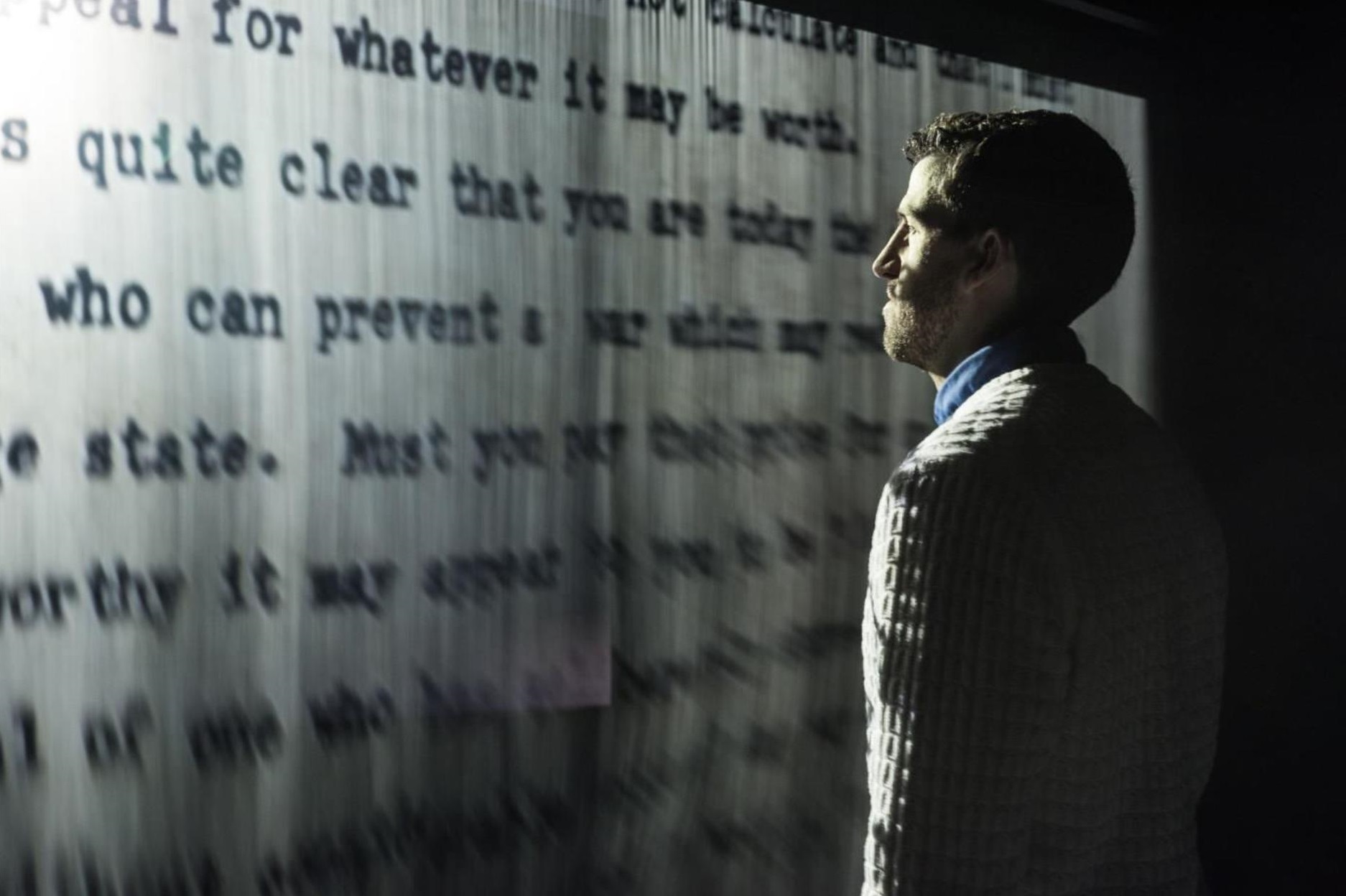
Jitish Kallat, Covering Letter, 2012
(Image courtesy – Philadelphia Museum of Art)
Your work is currently being shown as part of an exhibition called Modus Operandi at Chemould Prescott Road, which the director Shireen Gandhy has said is intended to create a journey for inexperienced collectors to buy great works of contemporary art – how else do you think we can engage new audiences in contemporary art in India?
Jitish Kallat: Modus Operandi in its first iteration in 2018 was an exploration of the modes and methods that artists used to conceive and create art. The second iteration this year is a glimpse into elements from the artists’ studios. The interesting aspect of this exhibition at Chemould Prescott Road, which is slowly becoming an annual project, is that it directs our attention to not just the art object, but also the back story. I think this is an interesting way to educate wider audiences who may not be entirely familiar with contemporary art to learn more about the art scene.
What are you currently working on, and what can we look forward to in the near future?
Jitish Kallat: I’m currently working on a new sound and photo-based installation which would be part of my forthcoming solo exhibition at the Frist Museum in Nashville. This is a large and complex installation, not just in technical terms but also from a conceptual perspective. Besides this, I have been working on a single large painting which is a coming together of gestures made into this painting over the last two years. While there are several other preoccupations and commitments, it is these two works that have my primary attention at this moment.
Find out more about Jitish Kallat and his works on jitishkallat.com


